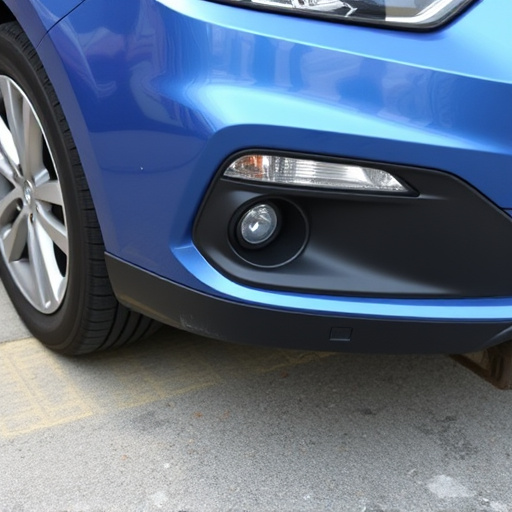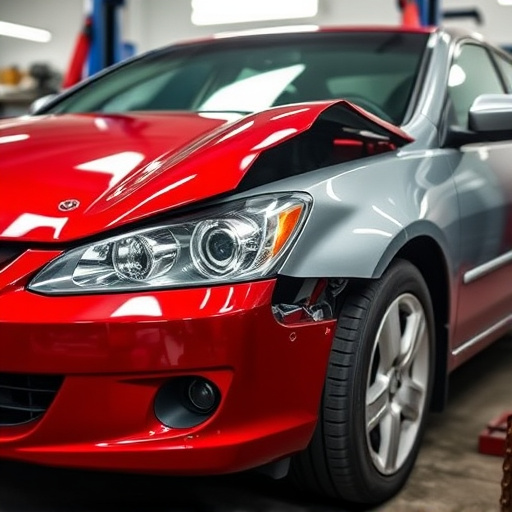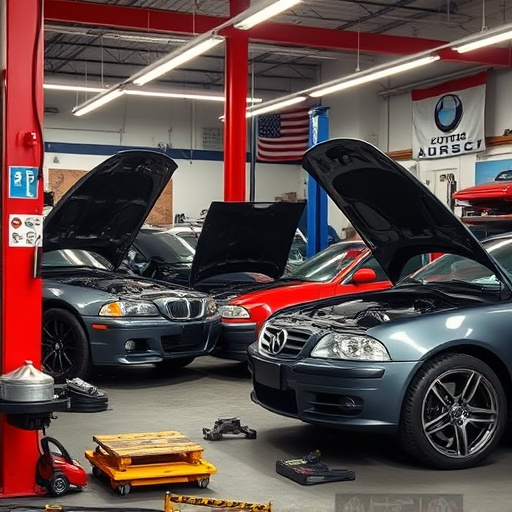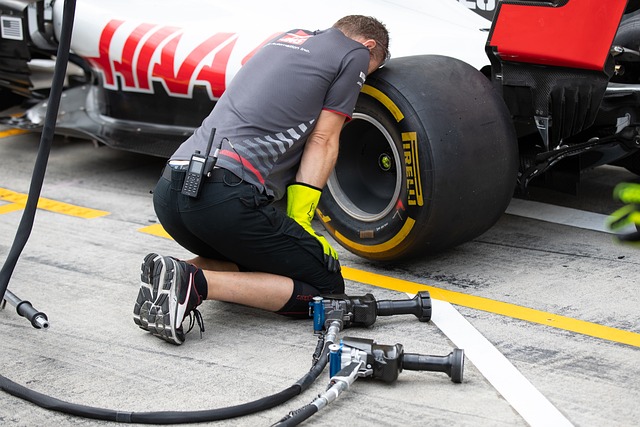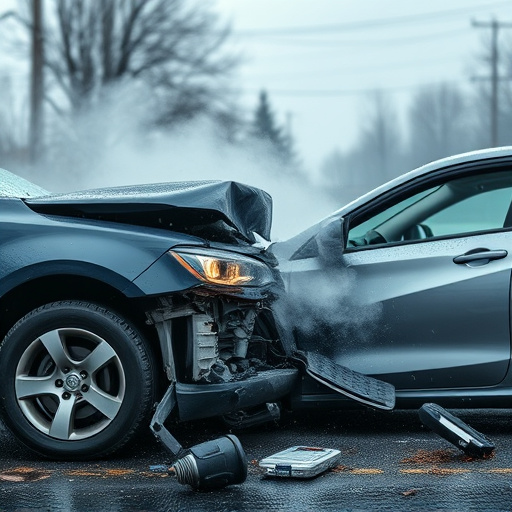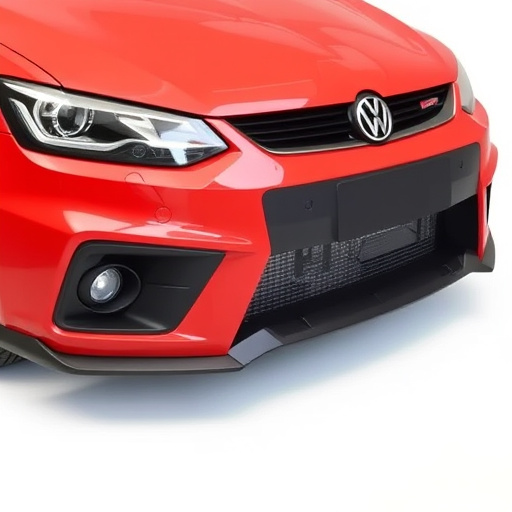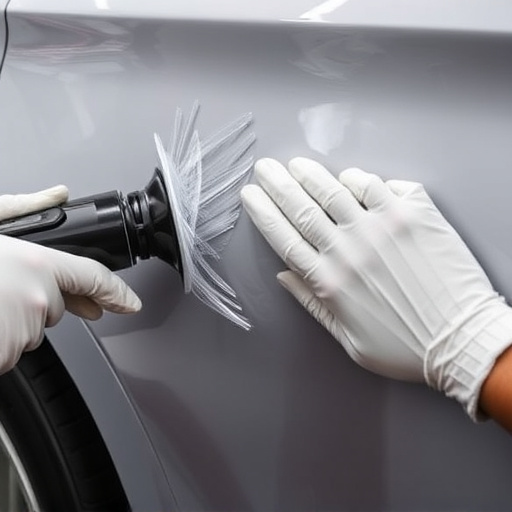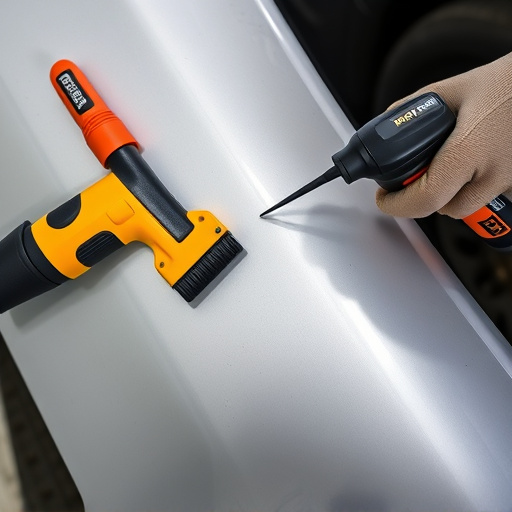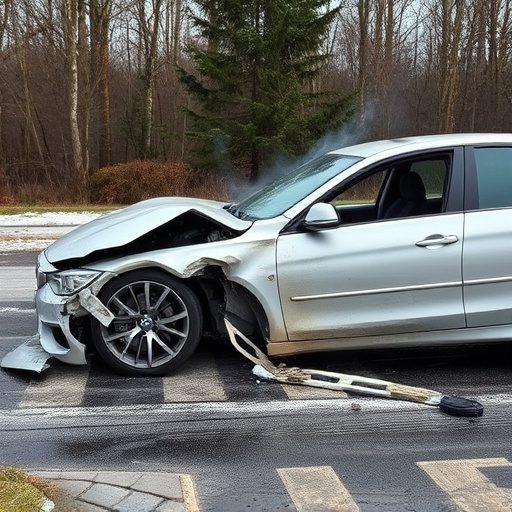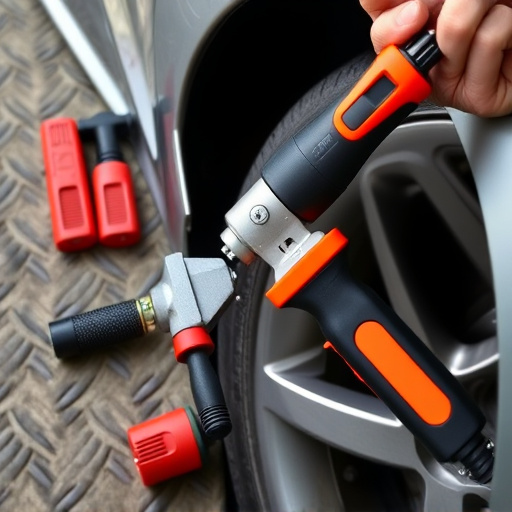Precision collision repair emphasizes using Original Equipment Manufacturer (OEM) parts for flawless restoration. These genuine parts, designed by the vehicle's manufacturer, ensure structural integrity and aesthetic precision through exact matching of size, shape, color, and material. OEM parts maintain vehicle originality, expedite specialized repairs, and preserve quality and value, making them crucial for collision repair specialists aiming to restore vehicles to their pre-accident condition while ensuring safe driving post-collision. Effective sourcing strategies include building partnerships with reliable suppliers, utilizing advanced search tools, and staying informed about industry trends and manufacturer recalls.
“In the realm of precision collision repair, the choice of parts is paramount. Original Equipment Manufacturer (OEM) parts stand as pillars of quality and accuracy, mirroring the exact specifications of the vehicle they were designed for. This article delves into the intricacies of OEM parts, highlighting their benefits in achieving flawless repairs. We explore how these parts contribute to precise outcomes, while also addressing the challenges in sourcing them effectively. Discover the best practices for navigating this process, ensuring top-tier precision collision repair.”
- Understanding OEM Parts: The Basics
- Benefits of Using OEM Parts for Precision Collision Repair
- Challenges and Best Practices in Sourcing OEM Parts
Understanding OEM Parts: The Basics
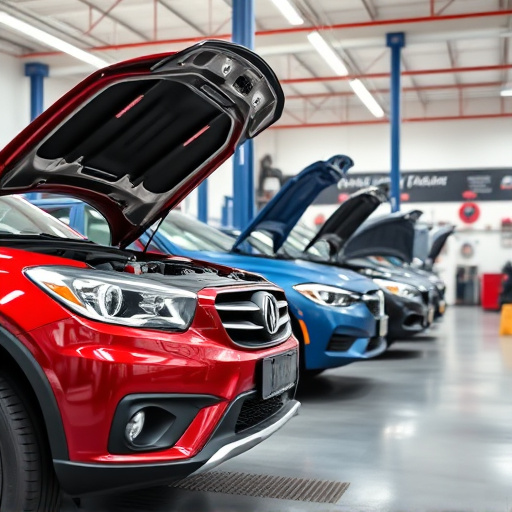
OEM parts, or Original Equipment Manufacturer parts, are designed and manufactured by the same company that produces the vehicle they are intended for. In the context of precision collision repair, using genuine OEM parts is paramount to ensuring the structural integrity and aesthetic precision of a vehicle. These parts are created to exacting standards, matching the specifications and quality control measures of the original equipment. This ensures that every component, from car paint repair to intricate mechanical pieces, functions seamlessly and appears as it did when the vehicle left the factory line—a key factor in achieving flawless vehicle restoration, be it a Mercedes-Benz repair or any other make.
In precision collision repair, the goal is not just to fix damage but to restore the vehicle to its original condition, maintaining its value and safety standards. OEM parts play a pivotal role in achieving this by providing the exact match in terms of size, shape, color (for car paint repair), and material composition. This specificity ensures that every detail, from the way a panel fits to the texture of the paint job, aligns perfectly with the vehicle’s design, making it virtually indistinguishable from its original state.
Benefits of Using OEM Parts for Precision Collision Repair

Using Original Equipment Manufacturer (OEM) parts offers significant advantages for professionals engaging in precision collision repair. One of the key benefits is ensuring vehicle originality and maintaining the car’s pre-accident aesthetic. OEM parts are specifically designed to fit and match the exact specifications of a particular make and model, allowing for seamless integration during the repair process. This is particularly crucial in intricate procedures like paintless dent repair, where achieving a flawless finish requires precise matching of panel contours and color codes.
Moreover, relying on OEM parts guarantees that the vehicle’s structural integrity remains intact, which is essential for safe and reliable driving after a collision. These parts are crafted with the same high-quality standards as those used during initial manufacturing, ensuring longevity and performance. For specialized repairs like bumper restoration or vehicle paint repair, using OEM components can expedite the process while maintaining the car’s original quality and value, making it a preferred choice for meticulous collision repair specialists.
Challenges and Best Practices in Sourcing OEM Parts
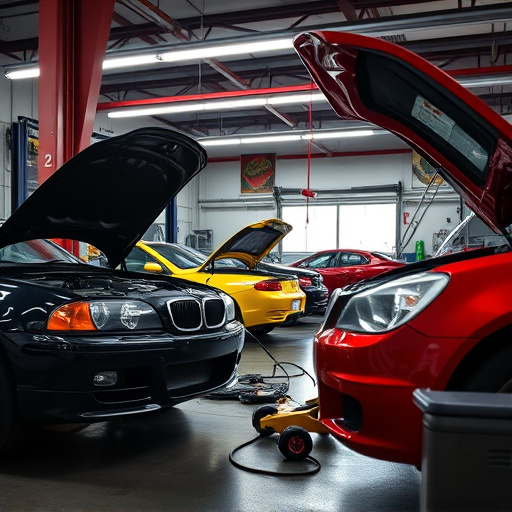
Sourcing Original Equipment Manufacturer (OEM) parts is a critical aspect of precision collision repair, ensuring that vehicles return to their pre-accident condition. However, this process presents several challenges. One significant hurdle is the constant need for up-to-date information on part availability and compatibility, especially with ever-evolving vehicle models and technologies. Auto painting and auto repair services professionals must stay agile, leveraging reliable networks and databases to locate the exact OEM parts required quickly.
Best practices in sourcing OEM parts involve establishing partnerships with reputable suppliers known for their extensive inventories and quality assurance processes. Utilizing advanced search tools and part identification systems can streamline the selection process, minimizing errors and delays. Additionally, keeping abreast of industry trends and manufacturer recalls helps in procuring safe, reliable, and genuine vehicle repair services components, ultimately contributing to the success of precision collision repair projects.
OEM parts play a pivotal role in ensuring the success of precision collision repair, offering superior quality and performance. By utilizing authentic components designed specifically for a vehicle’s make and model, technicians can achieve precise fits, optimal aesthetics, and long-lasting durability. While sourcing these parts presents certain challenges, best practices such as leveraging reliable suppliers, verifying part authenticity, and staying updated with industry trends enable collision repair facilities to deliver top-notch, original equipment quality repairs that meet the high standards of today’s precision collision repair landscape.
